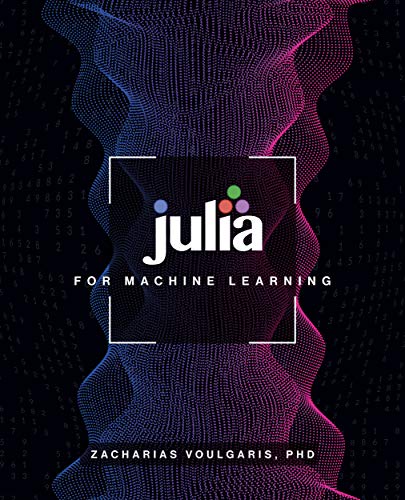
We reveal why Julia is chosen for more and more data science and machine learning projects, including Julia's ability to run algorithms at lightning speed. Next, we show you how to set up Julia and various IDEs such as Jupyter. Afterward, we explore key Julia libraries, which are useful for data science work, including packages related to visuals, data structures, and mathematical processes.
After building a foundation in Julia, we dive into machine learning, with foundational concepts reinforced by Julia use cases. The use cases build upon each other, reaching the level where we code a machine learning model from scratch using Julia. All of these use cases are available in a series of Jupyter notebooks.
After covering dimensionality reduction methods, we explore additional machine learning topics, such as parallelization and data engineering. Although knowing how to use Julia is essential, it is even more important to communicate our results to the business, which we cover next, including how to work efficiently with project stakeholders. Our Julia journey then ascends to the finer points, including improving machine learning transparency, reconciling machine learning with statistics, and continuing to innovate with Julia.
The final chapters cover future trends in the areas of Julia, machine learning, and artificial intelligence. We explain machine learning and Bayesian Statistics hybrid systems, and Julia's Gen language. We share many resources so you can continue to sharpen your Julia and machine learning skills.
Each chapter concludes with a series of questions designed to reinforce that chapter's material, with answers provided in an appendix. Other appendices include an extensive glossary, bridge packages between Julia and other programming languages, and an overview of three data science-related heuristics implemented in Julia, which aren't in any of the existing packages.




 雷达卡
雷达卡








 京公网安备 11010802022788号
京公网安备 11010802022788号







